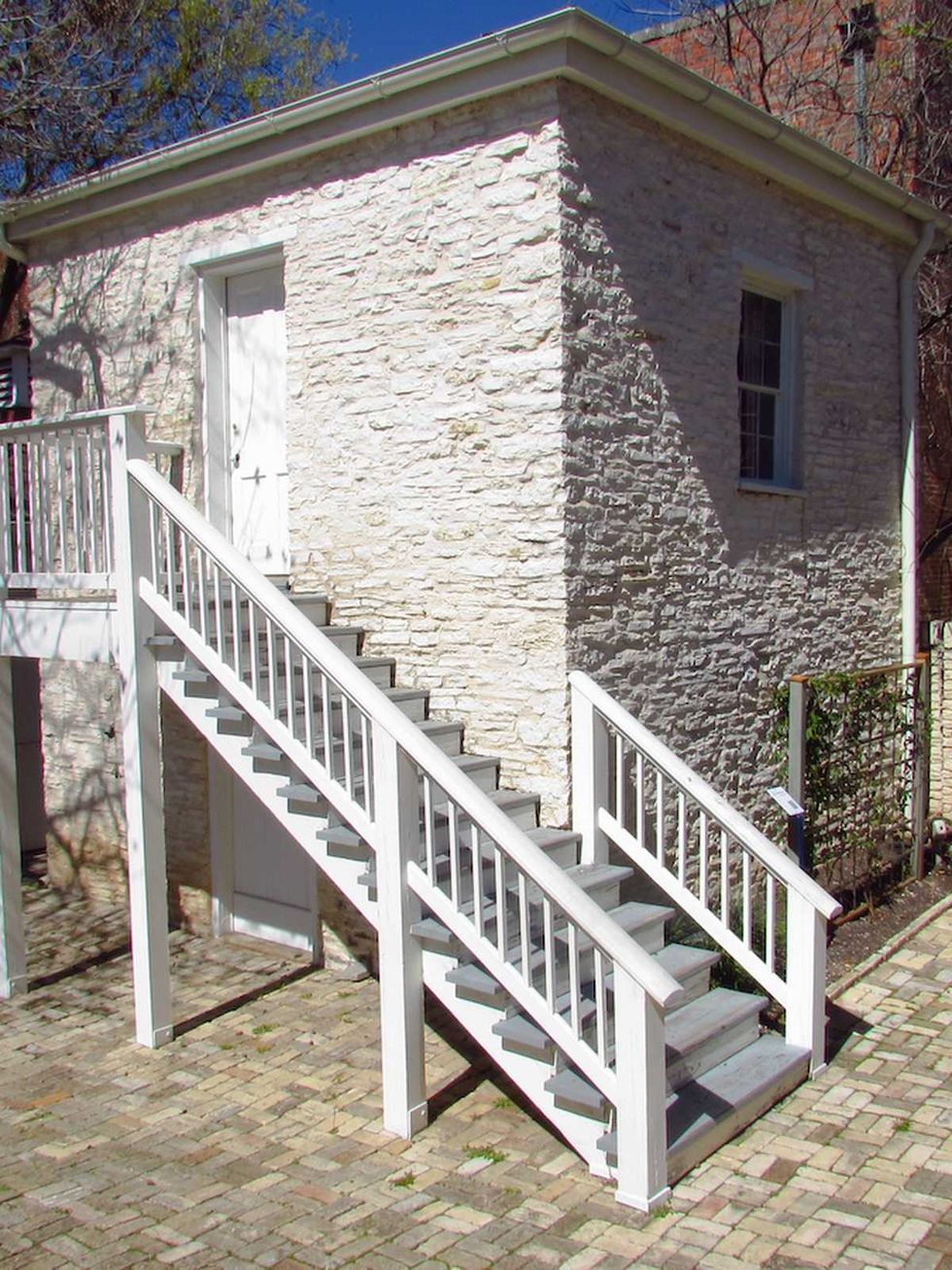Austin author Stephen Harrigan has written for magazines, film and television, but it is as a novelist that he made his most enduring mark.
His sweeping historic epic, 2000's Gates of the Alamo, painted a vivid portrait of revolutionary Texas, while 2006's Challenger Park jumped ahead to examine the NASA culture of the space shuttle era.
His eighth book (and fifth novel), Remember Ben Clayton, pairs an exiled sculptor with a taciturn rancher who wants to immortalize his son, a casualty of World War One. It is perhaps Harrigan's most intimate and fully-realized work, one which Kirkus Review called "a heartening novel about art, war, and the tug of family relationships."
Harrigan took some time out from his book tour to talk with CultureMap about his writing and his latest book.
CM: Your last three books were set in Texas but vary widely in terms of era and circumstance. Does Texas provide any sort of common denominator beyond geography for Gates of the Alamo, Challenger Park and Remember Ben Clayton?
Harrigan: Not intentionally, but to a certain degree geography is destiny. Some of the characters in these books are direct products of Texas, some are outsiders trying to come to terms with a region in which—or against which—they feel the need to define themselves. One thing I've learned in forty years of writing about Texas is that it's a relentlessly self-conscious place. Living here—even just setting foot here—inevitably messes with your identity.
CM: One of the central characters in Remember Ben Clayton is a sculptor. Are there any parallels between sculpting and crafting a novel?
Obviously, the materials are different but the goal is the same: To tell a story, to somehow transfer an emotion or an experience directly into another person's mind, to create something that wasn't there before. In the case of sculpture, the object is more tangible and immediate, but a lot of the mental work—the planning and shaping and fretting—is the same.
CM: Of your last three books, which of their eras would you like to have lived in, and why?
I like living in my own era just fine--it's plenty interesting. But I'd really, really like a peak into 1836, when The Gates of the Alamo takes place. It was fairly easy to conjure up the early part of the 20th century, the setting for Remember Ben Clayton. There were photographs to look at it, movies to watch, music to listen to, and plenty of newspaper ads to get a sense of what products people were buying or lusting after. After a while, it all felt familiar. But everything before the invention of photography is just hazy, and therefore wonderfully tantalizing.
CM: You’ve been a magazine journalist, a screenwriter and a novelist. Can you comment briefly on what makes each form interesting? And is one more satisfying than the others?
Fiction is the most satisfying form of writing to me. You invent your own world, set your own terms. In the end, whether you succeed or fail, you have the satisfaction of knowing it was all your doing. But I have this suspicion I really wouldn't be much of a novelist if I weren't also a journalist and a screenwriter. Writing magazine articles gave me the push I needed to go out and find out about the world, to actually learn something about other people and places rather than just assume my own deep thoughts would be sufficient material for a novel. And screenwriting—which is almost exclusively and relentlessly about structuring and streamlining a story—helped me understand that a work of fiction has to be built (at least most of the time) upon a scaffold of action.
CM: Are there any historical figures you’d like to tackle in book form?
The novel I'm writing now is about Abraham Lincoln, so I guess the answer is yes.

 The Neill-Cochran House Museum's mid-19th-century slave quarters received Planning and Historic Designation grant support for restoration and historical interpretation.Photo courtesy of Preservation Austin
The Neill-Cochran House Museum's mid-19th-century slave quarters received Planning and Historic Designation grant support for restoration and historical interpretation.Photo courtesy of Preservation Austin Built around 1863, the Henry G. Madison cabin in Rosewood Park received Bricks and Mortar grant support for preservation planning work.Photo courtesy of Preservation Austin
Built around 1863, the Henry G. Madison cabin in Rosewood Park received Bricks and Mortar grant support for preservation planning work.Photo courtesy of Preservation Austin